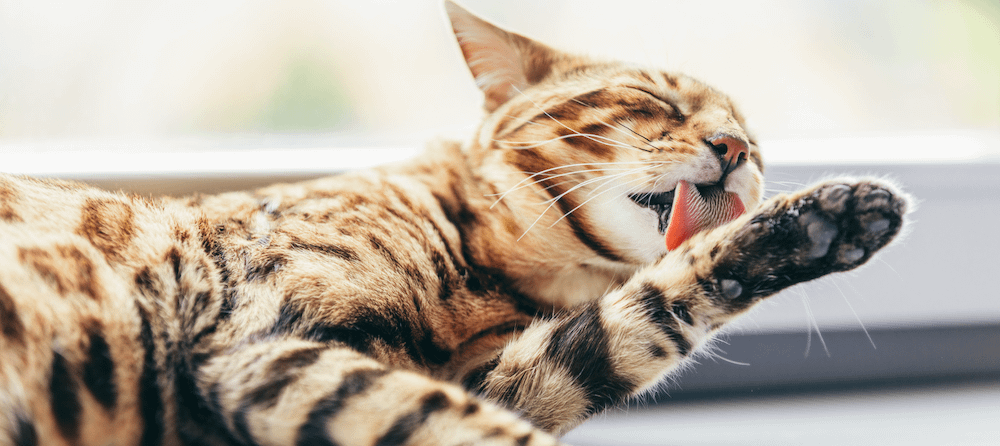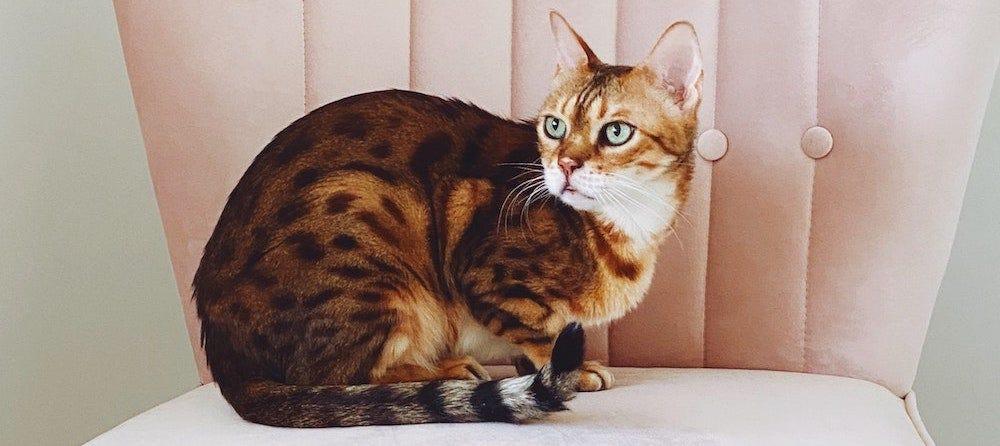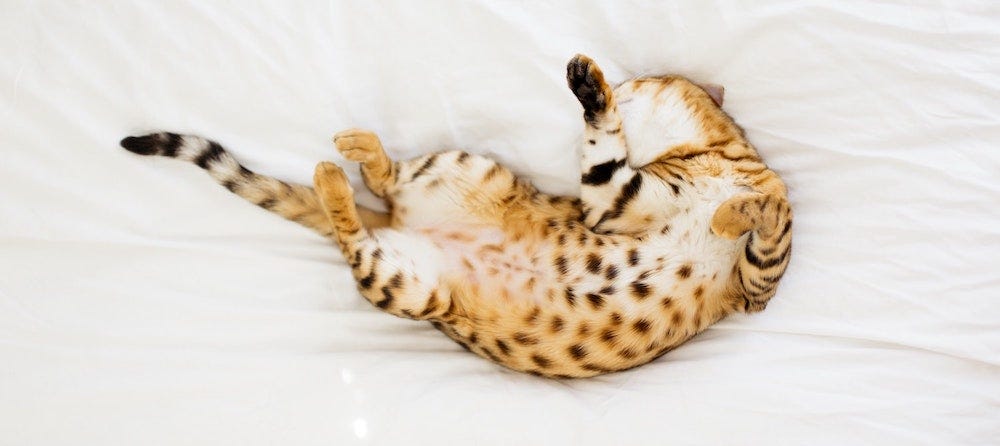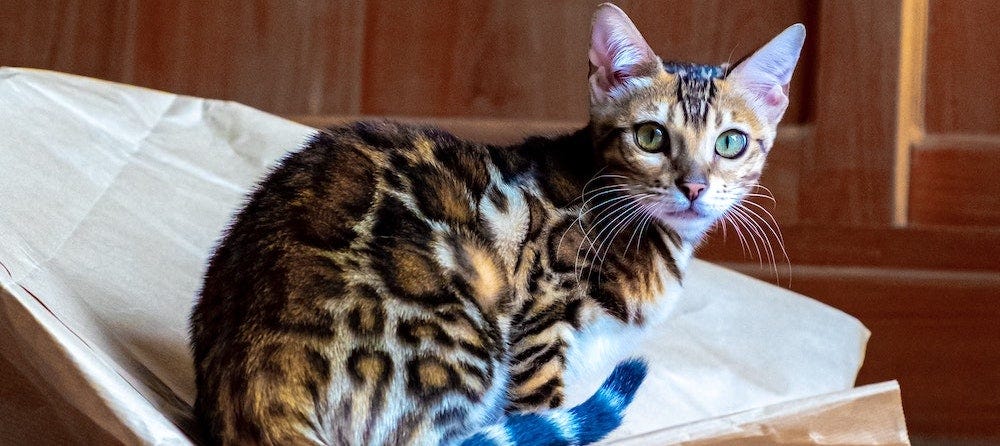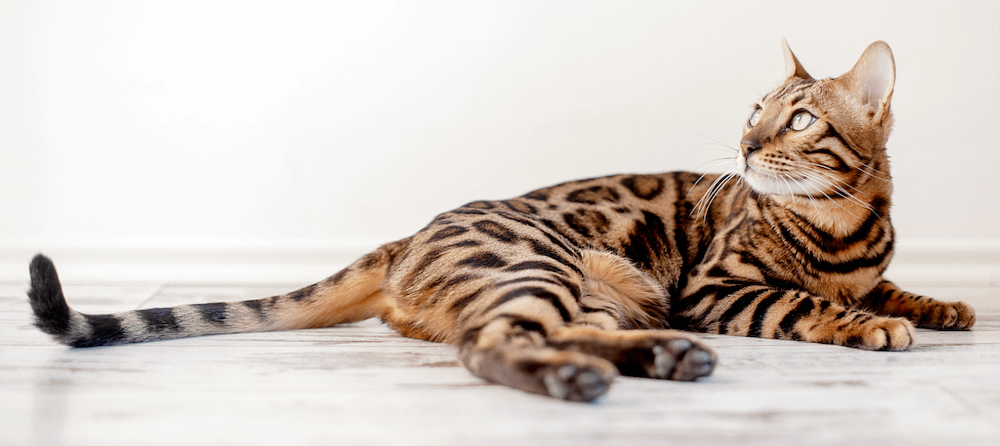Allergies are one of the most common issues that stands between people and their desire for a furry friend. There are varying degrees of reactions one might experience if they’re allergic to cats. Some people have itchy and watery eyes when around cats, while others might break out in hives.
If you are someone who has always wanted a cat but are held back by allergies, we understand the struggle. Maybe you’ve decided that even though you are allergic, you want to adopt a hypoallergenic cat. This means putting in extra work to find a cat that would match well with you and also cause a more minimal allergic reaction.
Unfortunately, no cat (or dog) is completely hypoallergenic. All cats produce the same protein that impacts allergies, just to varying degrees.
Luckily, there are cats that are usually better for those with allergies. To some degree, this includes the lovely and wild-looking Bengal cat.
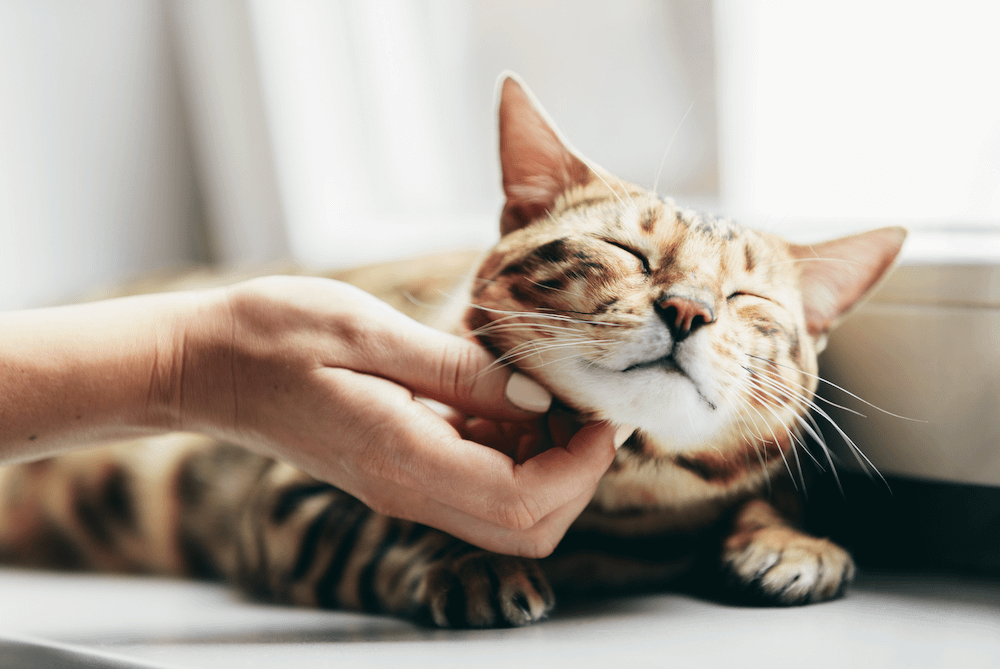
Setting expectations about hypoallergenic cats
Fully hypoallergenic cats do not exist, to put it simply. When on the hunt for a cat that would be considered hypoallergenic, we are really looking for a cat that produces less of the Fel d 1 protein (more on that below) or that sheds or secretes less of the allergens around the house. These two traits can help limit your allergies and make it a bit easier to live alongside a cat.
Not all cats are considered hypoallergenic, so you are more limited in your options. Lucky for you, the cats that are considered hypoallergenic are magnificent cats. It’s all about matching up your personality with a cat’s so that you can form a lifelong bond.
The Fel d 1 protein
No breed of cat is 100% hypoallergenic because they all produce the Fel d 1 protein. This protein is found in your cat’s saliva, urine, dander, and sebaceous glands. As cats groom themselves, use the litter box, and curl up on furniture, they spread the protein throughout the house.
For someone with allergies to cats, having a cat that produces less Fel d 1 and spreads it less can limit their reactions. It’s hard for allergy sufferers to avoid this protein, but that is where “hypoallergenic” cats come in. There are cats that produce less Fel d 1 and cats that shed minimally—these breeds are potential options for people who struggle with allergies.
Unfortunately, Bengal cats are not one of the breeds known to produce less Fel d 1. That honor goes to Siberian cats and Balinese cats.
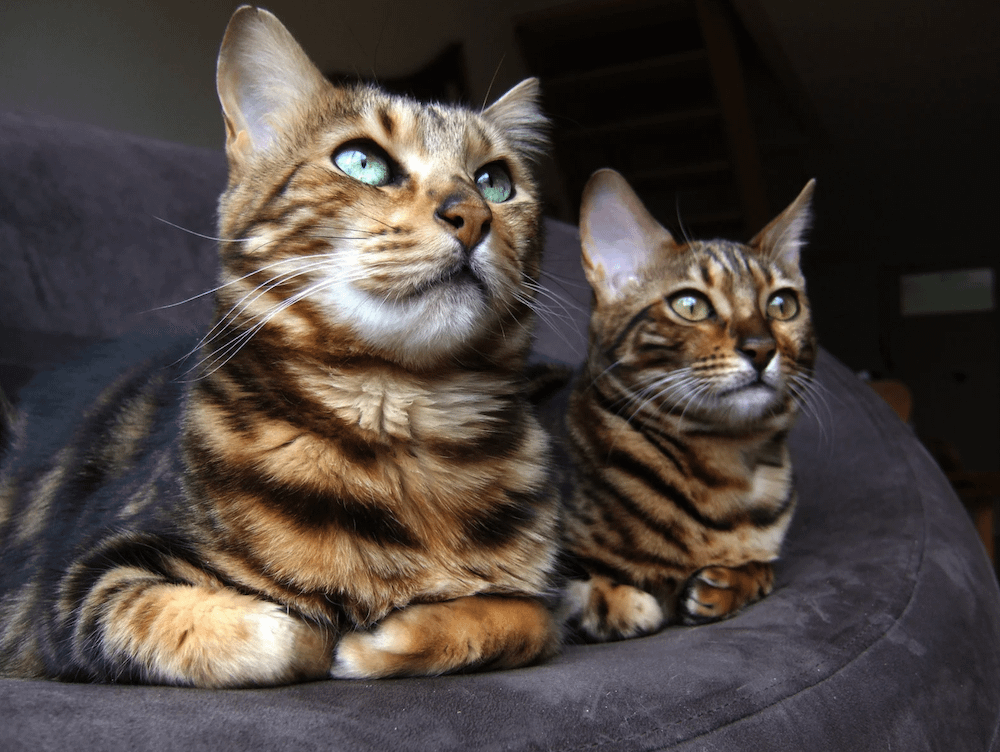
Do Bengal cats shed?
Bengals are a breed of cat that is considered low- to medium-risk for allergens. These cats produce a typical amount of Fel d 1 and average shedding, although their short, silky coat makes for easy grooming.
In summary: The Bengal cat is a good—but not great—option for people who have allergies.
Overview of the Bengal cat
The Bengal is an active and elegant medium- to a large-sized cat that will definitely catch your eye. Their coats have a magnificent spotted or marbled print that resembles the coat of a wild cat. You will be enamored by the little creature playing around your house and very pleased when you feel how satiny and silky they are.
Bengals are friendly with their humans and love to play. They want you to interact with them and appreciate your attention. They need a lot of it, so be prepared!
What do they look like?
Bengals resemble a wild spotted or marbled cat. They come in several color variations, but they all share a sleek, shiny coat and strong, athletic bodies. They are defiant and bold-looking felines that stand out with their green or golden oval eyes.
Their tails are long and slender with black-tipped markings. They move with grace and deliberation, watching you and following along with what you’re doing—similar to that of a leopard. Their ears are alert and stand up straight.
What is their personality like?
Though elegant, the Bengal is friendly, playful, inquisitive, and sometimes mischievous. They love to play and have high energy levels. Are you ready for a cat that craves your attention and enjoys being active?
The Bengal cat will be happy chasing a laser, batting at a wand, and rolling around in catnip. They love to climb and enjoy perching on cat furniture. They even enjoy water and can be trained to walk on a leash!
Bengals need a lot of attention, and if they aren’t getting enough, they might become depressed. You should consider how much time you have to put into your cat because some require more involvement than others. If you’re looking to become best friends with your cat, the Bengal would be more than happy to join your family.
Are they wild cats?
Based on their looks, it’s sometimes thought that the Bengal is partly a wild animal. They do, in fact, have some wild ancestry: The Bengal came about in the 1960s when an Asian leopard cat mated with a domestic shorthair cat.
However, today a Bengal cat must be at least four generations removed from the Asian leopard cat for them to be considered safe pets. This means that they are fully domesticated and act as such.

How to decrease allergic responses to cats
So, maybe you’ve decided that despite your allergies, you really want to get a cat. Good for you! Just make sure that you are not putting your own health at risk. There are some ways that you can limit your allergies for a happy and carefree life with your new furry family member.
For starters, adopting a hypoallergenic cat could be your best bet (along with calling your allergist).
Grooming practices
Bengals are clean cats that will groom themselves multiple times a day, which limits the amount of dander and fur that is spread throughout your house. (That’s some dedication to looking flawless!) You should still brush your cat once a week to collect any loose fur and keep it from attaching to your furniture and clothes. You can do so outside to limit the spread of fur in your home, but just make sure your Bengal doesn’t wander off on an adventure!
Since Bengals enjoy water, it probably won’t be a battle to give your cat a bath. With plenty of love and some special treats, you can make your Bengal’s grooming experience more soothing than anything. (Add a rubber ducky for an extra dash of cuteness.)
Training and enrichment
Bengals are intelligent cats that are capable of being trained to avoid certain surfaces or items. They like to please their humans and want to learn. Ensuring that your Bengal stays off kitchen counters and your pillows (even better, away from your bedroom altogether) can limit your reactions to the Fel d 1 protein.
Litter box options
Providing your Bengal with a self-cleaning litter box like Litter-Robot will help you limit how much you come in contact with your cat’s waste, potentially easing your allergies. Put the litter box in a separate room—but keep an eye on it with the Whisker app!
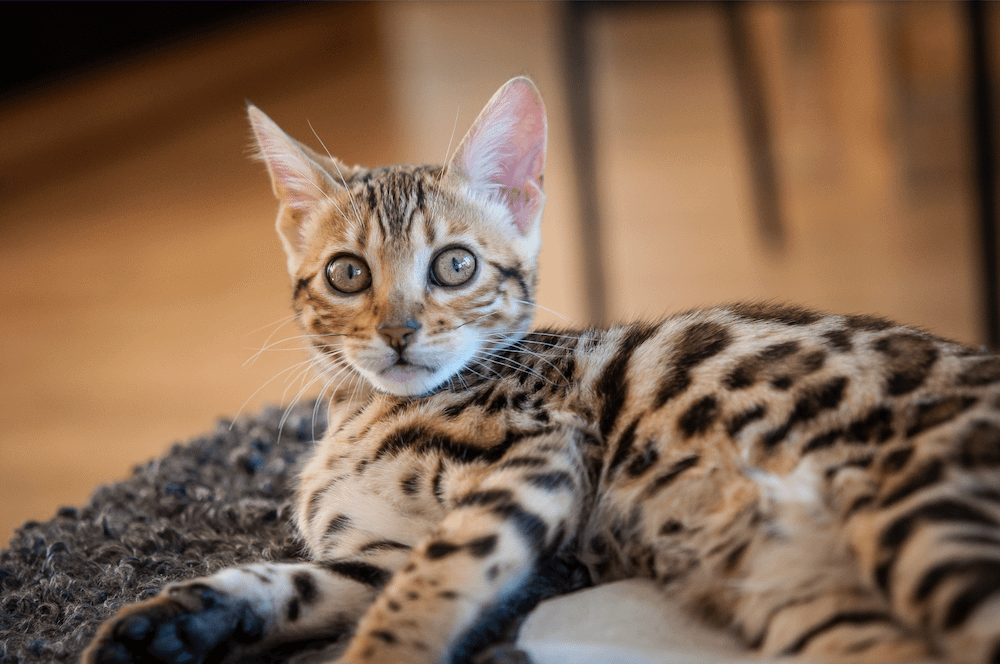
Loving a Bengal
Having allergies while being a cat lover can be difficult. If you’re at the point where you don’t care if you sneeze here and there or experience itchy eyes from time to time, the Bengal is a great companion to have.
Loving a Bengal will show you just how amazing having a cat is.
Sources:
